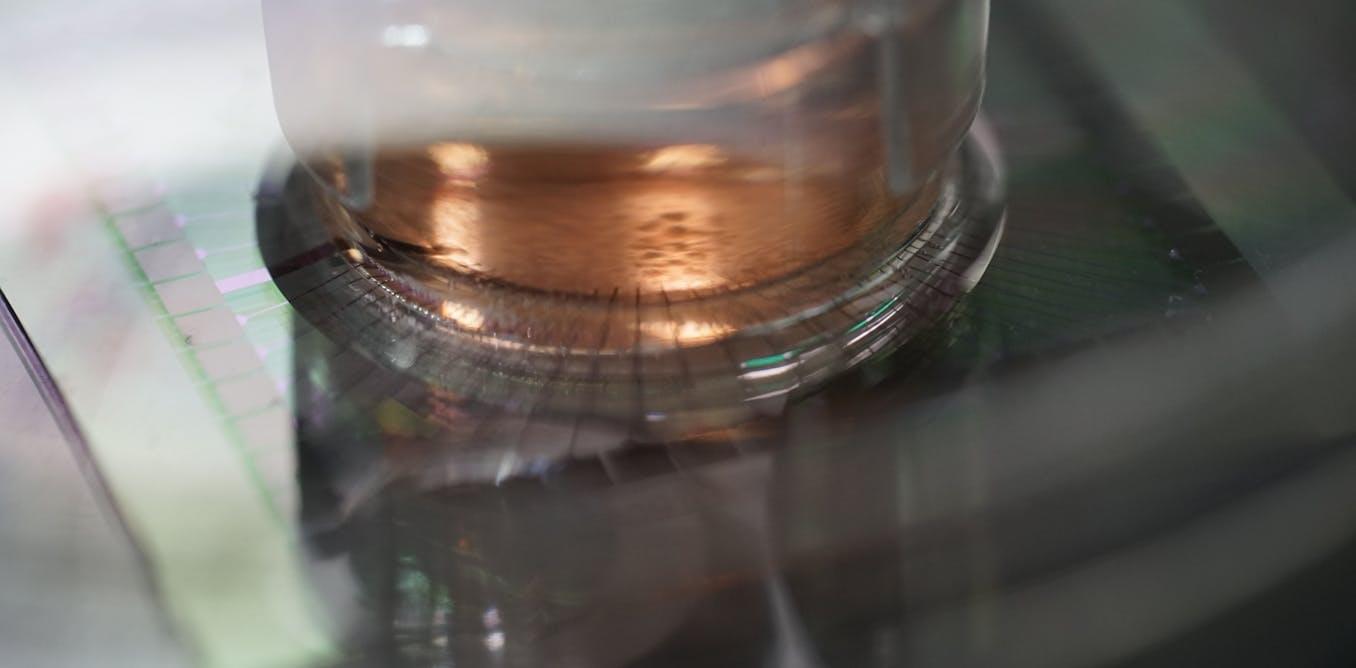According to a new study, lower doses of approved immunotherapy for malignant melanoma can give better results against tumors, while reducing side effects. This is reported by researchers at Karolinska Institutet in the Journal of the National Cancer Institute.
“The results are highly interesting in oncology, as we show that a lower dose of an immunotherapy drug, in addition to causing significantly fewer side effects, actually gives better results against tumors and longer survival,” says last author Hildur Helgadottir, a researcher at the Department of Oncology–Pathology at Karolinska Institutet, who led the study.








